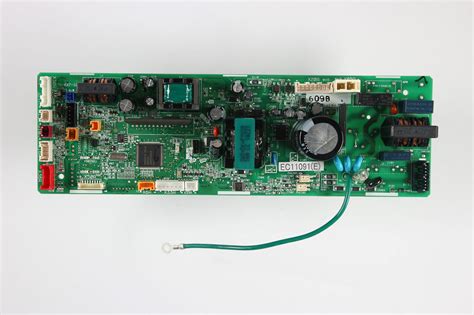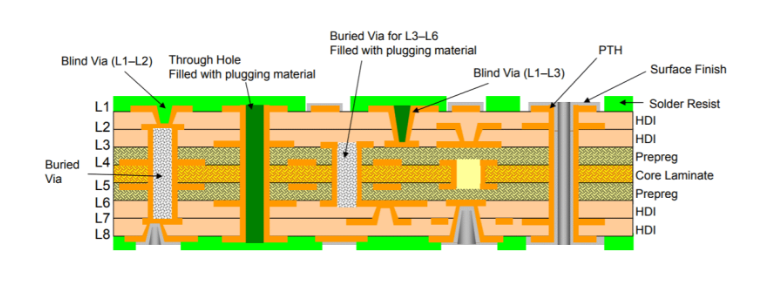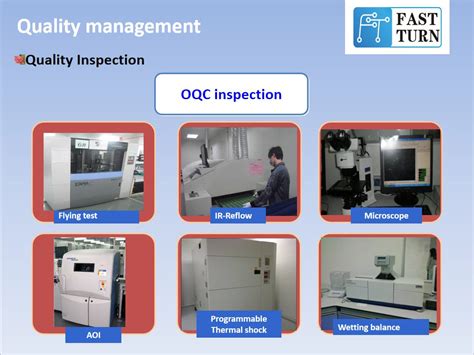Fast Turnaround PCB Assembly for Efficient Product Development
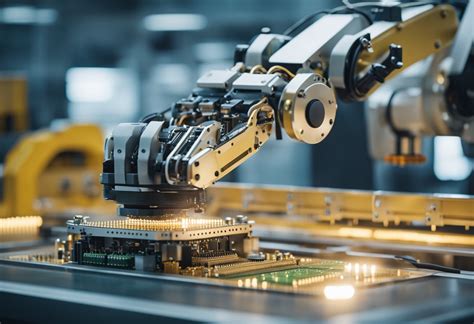
Key Takeaways
Understanding fast turnaround PCB assembly is essential for today’s rapid prototyping landscape. Companies that prioritize this approach can enhance their product development cycle significantly. By leveraging PCBA techniques that focus on efficiency without sacrificing quality, engineers can bring their ideas to life faster than ever before. The importance of speed in PCB assembly cannot be overstated; as competition intensifies, the ability to produce prototypes swiftly enables firms to test and iterate designs rapidly, ultimately reducing the time to market. Implementing best practices, such as rigorous quality control and utilizing advanced manufacturing technologies, further ensures that the final products meet industry standards. This strategic emphasis on expeditious procedures in fast turnaround PCB assembly not only leads to a more efficient engineering process but also optimizes resource allocation, reducing overall costs associated with product development. Thus, adopting innovative technologies will be crucial for companies aiming to meet increasing consumer demands while balancing speed and quality.
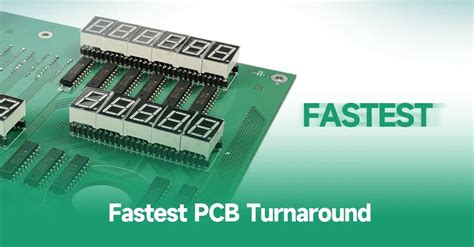
Understanding Fast Turnaround PCB Assembly: A Key to Rapid Prototyping
Fast turnaround PCB assembly (PCBA) has become an essential element in today’s fiercely competitive technology landscape. This process enables companies to expedite their development cycles and bring products to market swiftly. The significance of rapid prototyping cannot be understated; by leveraging fast turnaround PCB assembly, engineers can quickly iterate on their designs, test functionality, and make necessary adjustments within a shorter timeframe. This agility not only enhances innovation but also increases the likelihood of meeting market demands effectively.
To optimize the benefits of PCBA, organizations must implement practices that ensure both speed and quality are maintained throughout the assembly process. It is vital to select reliable manufacturers that specialize in fast turnaround techniques while adhering to industry standards in quality control. A successful PCBA strategy should also include proactive communication among team members, allowing for real-time feedback on design changes and potential production issues.
"By streamlining communication and fostering collaboration during the fast PCB assembly process, teams can significantly reduce development times."
Continually investing in advanced technologies that automate various phases of the PCB assembly process will further enhance efficiency, allowing engineers to balance speed with precision effectively. Ultimately, embracing fast turnaround PCB assembly is not just about hastiness; it’s about strategically positioning products for success and securing a critical advantage in a rapidly evolving market landscape.

The Importance of Speed in PCB Assembly for Product Development
In today’s fast-paced market, the importance of speed in PCB assembly cannot be overstated. Rapid prototyping has become a vital element in ensuring that products not only meet customer expectations but also stay ahead of the competition. With fast turnaround PCB assembly, companies can dramatically slash lead times, allowing them to test and iterate on their designs much quicker than traditional methods would allow. This agility is crucial for engineers and product developers who are under constant pressure to innovate while maintaining high standards of quality.
A slower production process can lead to delays that ripple through the entire development schedule, affecting everything from design revisions to final delivery. By embracing accelerated PCBA processes, businesses can implement a streamlined workflow that enhances collaboration among teams, resulting in faster decisions and timely adjustments during the development cycle.
| Key Benefits of Fast Turnaround PCB Assembly |
|---|
| Reduced lead times for prototypes |
| Enhanced collaboration among engineering teams |
| Ability to conduct rapid design iterations |
| Increased adaptability to market feedback |
Moreover, fast turnaround PCB assembly ensures that quality is not sacrificed for speed. Advanced manufacturing technologies allow for rigorous testing and quality control measures to be integrated seamlessly into production processes. Thus, companies can achieve the dual goals of quick turnarounds and high-fidelity products ready for market launch.
In conclusion, prioritizing speed in PCB assembly is an essential strategy for any organization striving for success in product development. The balance between efficiency and quality obtained through effective PCBA practices ultimately fuels innovation and customer satisfaction in an increasingly competitive landscape.
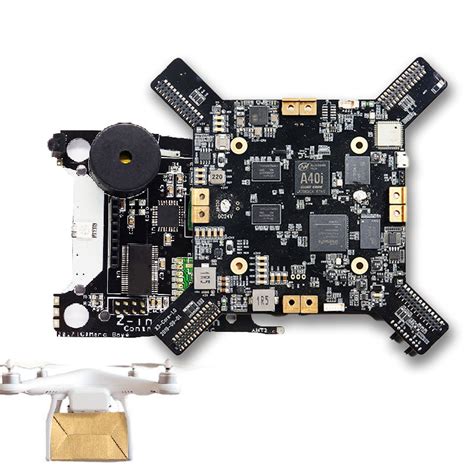
Best Practices for Ensuring Quality in Fast Turnaround PCB Assembly
Ensuring quality in fast turnaround PCB assembly is essential for the successful development of electronic products. When engaging in the PCBA processes, it is crucial to implement strict quality control measures from the initial design phase to the final assembly. One best practice is to employ thorough design reviews and simulations using advanced software tools to identify potential issues before production begins. Additionally, selecting high-quality components and materials plays an integral role in maintaining quality standards during assembly.
Implementing a robust inspection process during various stages of PCB assembly, such as automated optical inspection (AOI) and functional testing, can help catch defects early on and ensure that any discrepancies are addressed promptly. Furthermore, training skilled personnel who are well-versed in both the technical aspects of PCB manufacturing and quality assurance methods enhances the overall effectiveness of the assembly process.
Collaboration with reliable suppliers who understand the importance of fast turnaround times without compromising on quality is also vital. By cultivating strong partnerships, companies can ensure that they receive components that meet their rigorous standards while facilitating a rapid production timeline. By focusing on these best practices, organizations can successfully navigate the complexities of fast turnaround PCB assembly, ultimately leading to faster market entry while safeguarding product integrity and performance.
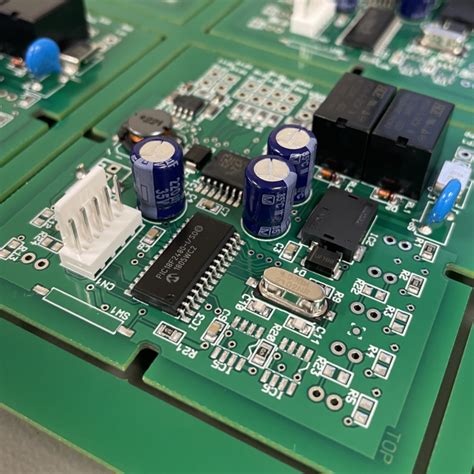
How Fast Turnaround PCB Assembly Reduces Time to Market
The speed at which a product can be brought to market is increasingly critical in today’s competitive landscape. Fast turnaround PCB assembly plays an essential role in this process, significantly reducing the time from concept to reality. By streamlining the pcb assembly process, engineers can achieve rapid prototyping, allowing for immediate testing and refinement of designs. This efficiency does not come at the expense of quality; rather, innovations in pcba practices ensure that every prototype meets the necessary standards before full-scale production begins. Incorporating advanced technologies, such as automated assembly and rapid tooling, further accelerates the production cycle. As a result, companies that leverage fast turnaround capabilities can quickly respond to market demands, enabling them to launch their products ahead of competitors. Ultimately, a focus on speed within pcb assembly processes is not just about getting to market faster; it is about creating a more responsive engineering environment that drives continuous innovation and stays aligned with consumer expectations.
Innovative Technologies Driving Efficient PCB Assembly Processes
The landscape of PCB assembly has evolved significantly due to various innovative technologies that enhance efficiency and precision. Automation plays a vital role in streamlining PCBA processes, reducing human error, and increasing production speed. Robotics and advanced machinery can handle tasks ranging from component placement to soldering, ensuring consistent quality while minimizing turnaround times. Furthermore, the integration of real-time data analytics allows manufacturers to monitor production metrics continuously, facilitating immediate adjustments as necessary. This data-driven approach empowers engineers to optimize workflows and maintain high standards in both speed and quality during fast turnaround PCB assembly. In addition, the adoption of additive manufacturing techniques has opened new avenues for creating complex circuit designs that were once thought impossible. As these technologies advance, they not only improve the efficiency of the PCB assembly processes but also foster innovation in product development, enabling companies to respond swiftly to market demands without sacrificing design integrity or performance.
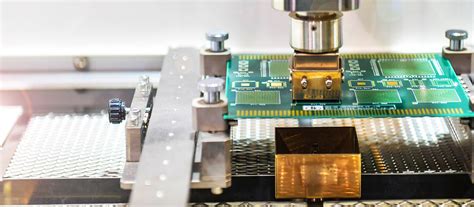
Case Studies: Successful Product Development with Fast PCB Assembly
In the realm of product development, fast turnaround PCB assembly stands out as an essential element, enabling companies to pivot quickly and efficiently in response to market demands. Many industry leaders have leveraged PCB assembly services to enhance their prototyping processes. For instance, a tech startup specializing in wearable devices managed to compress their development cycle from several months to just a few weeks. By utilizing rapid PCBA services, they could iterate their design rapidly, testing and refining versions of their product before settling on the final design. This agility proved crucial as they were able to launch their product in sync with an industry event, capturing significant market attention and demand.
Another notable case involves an automotive parts manufacturer who showcased the effectiveness of fast turnaround PCB assembly by reducing their time-to-market remarkably. By adopting state-of-the-art PCBA techniques and optimizing their production line for speed without sacrificing quality, they delivered complex electronic modules in a fraction of the traditional time span. These case studies highlight that companies opting for efficient PCB assembly are not just enhancing operational efficiency—they are also positioning themselves strategically within competitive landscapes. The adoption of rapid prototyping through efficient PCBA processes demonstrates its pivotal role in fostering innovation and responsiveness to consumer needs, ultimately leading to increased market share and profitability.
Cost Considerations in Fast Turnaround PCB Assembly Services
When engaging in fast turnaround PCB assembly (PCBA) services, cost considerations play a pivotal role in ensuring sustainable product development. While the allure of rapid prototyping can significantly accelerate time to market, businesses must navigate various costs associated with these services. Labor, materials, and technology expenditures often feature prominently in the overall budget. It’s essential to analyze whether premium services justify their costs through enhanced efficiency and quality, especially if they lead to faster iterations and fewer design changes. Moreover, the size and complexity of the PCB can significantly impact pricing structures; more intricate designs may require specialized equipment or additional labor, thereby elevating costs. Additionally, leveraging automated assembly technologies can offer cost savings over time despite their initial investments. Ultimately, making informed decisions about these expenditures ensures that businesses not only achieve a swift output but also maintain financial prudence throughout their product development cycle. Balancing quality with budget constraints lays a foundation for lasting success in competitive markets where speed matters as much as reliability in PCB assembly processes.
Future Trends in PCB Assembly: Meeting the Demands of Speed and Quality
The landscape of PCB assembly is rapidly evolving, driven by the increasing demand for speed and quality in product development. As companies seek to enhance their competitive edge, the emphasis on fast turnaround PCB assembly is becoming paramount. Innovators are focusing on optimizing processes to ensure that PCBA not only remedies the existing time-to-market challenges but also adheres to high standards of quality. With advancements in automation and the implementation of lean manufacturing principles, manufacturers are better positioned to respond swiftly to design changes and production challenges. Additionally, the integration of real-time tracking and monitoring systems allows for increased visibility into production processes, minimizing delays and improving overall efficiency. Amid these developments, it is essential that stakeholders remain vigilant about maintaining quality benchmarks while pushing for faster PCB assembly solutions. As we look ahead, the marriage of cutting-edge technologies with traditional methods will be crucial in meeting consumer demands while fostering innovation in product design and assembly practices.
Conclusion
In today’s competitive landscape, fast turnaround PCB assembly has emerged as a crucial element for companies striving for efficient product development. By leveraging advanced techniques and methodologies in PCBA, businesses can effectively streamline their engineering processes, facilitating the quick transition from prototype to market-ready products. The benefits of implementing fast turnaround PCB assembly extend beyond mere speed; they include maintaining high-quality standards and optimizing costs. As organizations aim to innovate continuously, the emphasis on rapid prototypes without compromising on quality becomes increasingly important. By understanding the dynamics of PCBA and adhering to best practices, businesses can enhance their operational efficiencies and adapt swiftly to market demands. Embracing technologies that support fast PCB assembly processes positions companies advantageously, ensuring sustained growth and responsiveness in a rapidly evolving industry.
FAQs
How does fast turnaround PCB assembly benefit my product development?
Fast turnaround PCB assembly benefits your product development by significantly reducing the time needed to produce prototypes. This accelerated process enables faster iterations and testing, leading to quicker market entry without sacrificing quality.
What quality assurance measures are implemented during fast PCB assembly?
During fast PCBA, stringent quality assurance measures such as automated inspections, rigorous testing protocols, and adherence to industry standards are put in place. This ensures that even with expedited timelines, the final product meets all necessary specifications.
Can I expect the same level of service in fast turnaround PCB assembly as in standard processes?
Yes, you can expect a similar level of service. Many companies specialize in providing high-quality PCB assembly services focused on speed while maintaining efficiency and reliability, ultimately ensuring that your project’s goals are achieved.
What kind of innovative technologies are driving fast PCB assembly processes?
Innovative technologies such as advanced robotics, intelligent software for design verification, and high-speed pick-and-place machines are at the forefront of driving efficiency in PCBA processes. These advancements help streamline operations and enhance the overall quality.
Are there any limitations or challenges associated with fast turnaround PCB assembly?
While there are numerous advantages to faster PCB assembly, challenges may include limited material options or increased costs due to expedited services. However, working with a reliable partner can often mitigate these issues.
For more information about our services and how we can support your product development through efficient PCB assembly, please click here: Fast Turnaround PCB Assembly.


